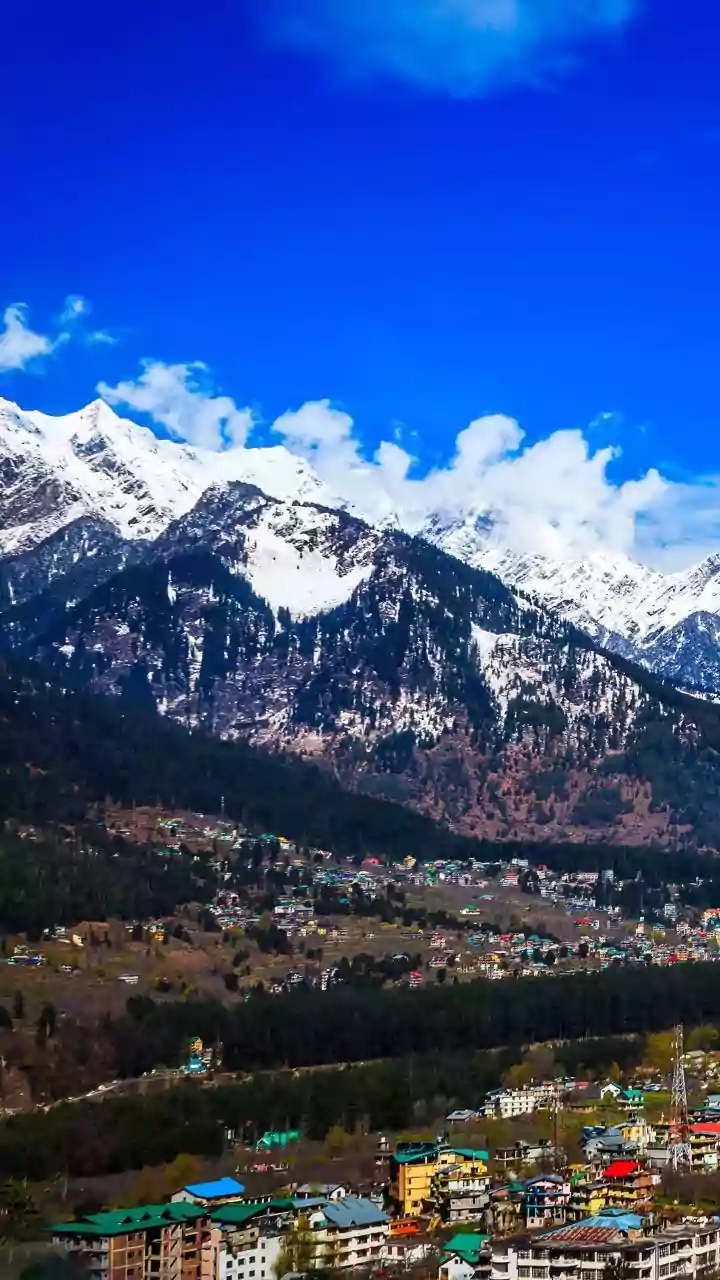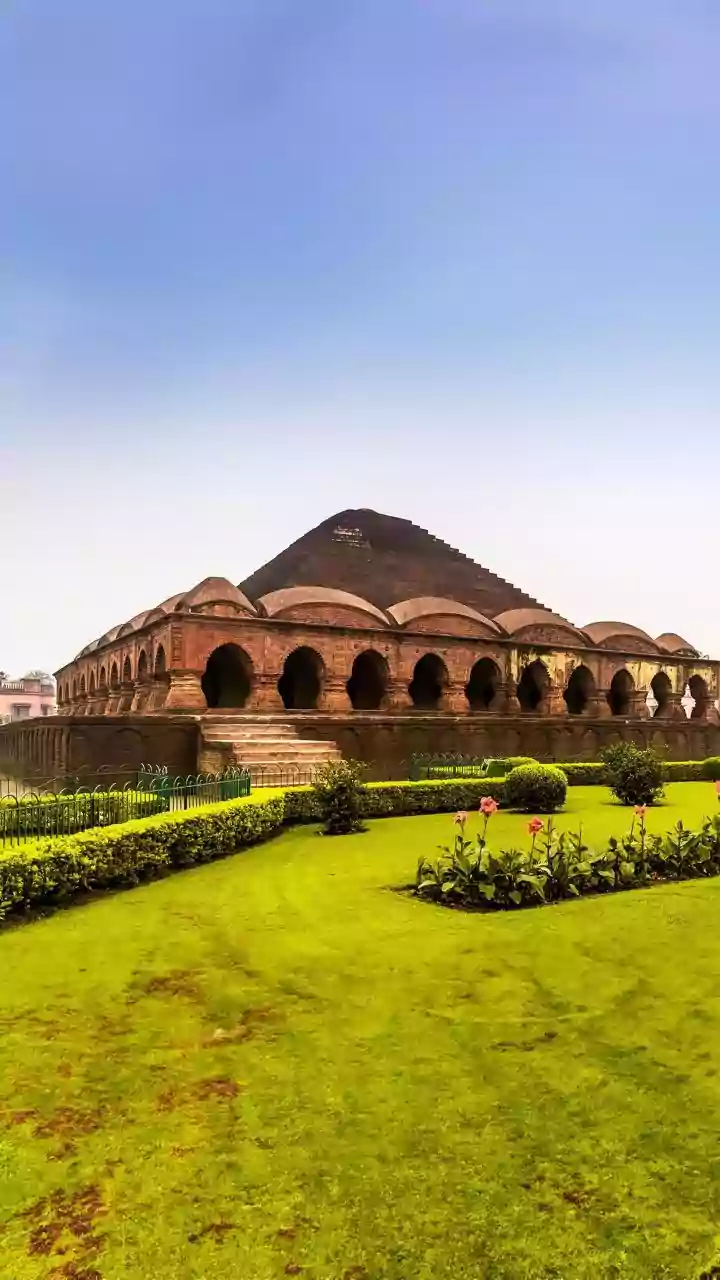Activist Sonam Wangchuk calls for clarity on Ladakh's future, urging leaders to seek answers from the central government regarding the Sixth Schedule and
statehood.
The Core Concerns
The ongoing protests in Ladakh center around the demand for greater autonomy. A key point of contention is whether Ladakh should be included under the Sixth Schedule of the Constitution, which grants autonomous councils considerable power, or be granted full statehood, which would give it greater legislative and executive control. The situation calls for immediate attention.
Sixth Schedule's Implications
Including Ladakh under the Sixth Schedule would allow for the creation of autonomous district councils. These councils would manage land, culture, and local administration, providing a degree of self-governance. Many in Ladakh believe this would help protect their unique cultural identity and give them a voice in decision-making.
Statehood's Advantages
Conversely, granting Ladakh statehood would elevate it to the same status as other Indian states. This would mean a fully elected government, greater legislative powers, and direct access to central funds. Proponents believe this provides the most comprehensive solution for Ladakh's development and addresses its grievances.
Activist's Plea
Sonam Wangchuk's call for clarity emphasizes the urgency of the situation. His urging the Leh Apex Body and Kargil Democratic Alliance to formally address the central government underscores the need for a transparent dialogue. The future of Ladakh depends on it.
Path Forward
The path forward hinges on discussions between the local leaders and the central government. The decision on Sixth Schedule or statehood will significantly impact the region's future. A decisive step is needed to ensure the concerns of the people are addressed in a manner that fosters growth.













